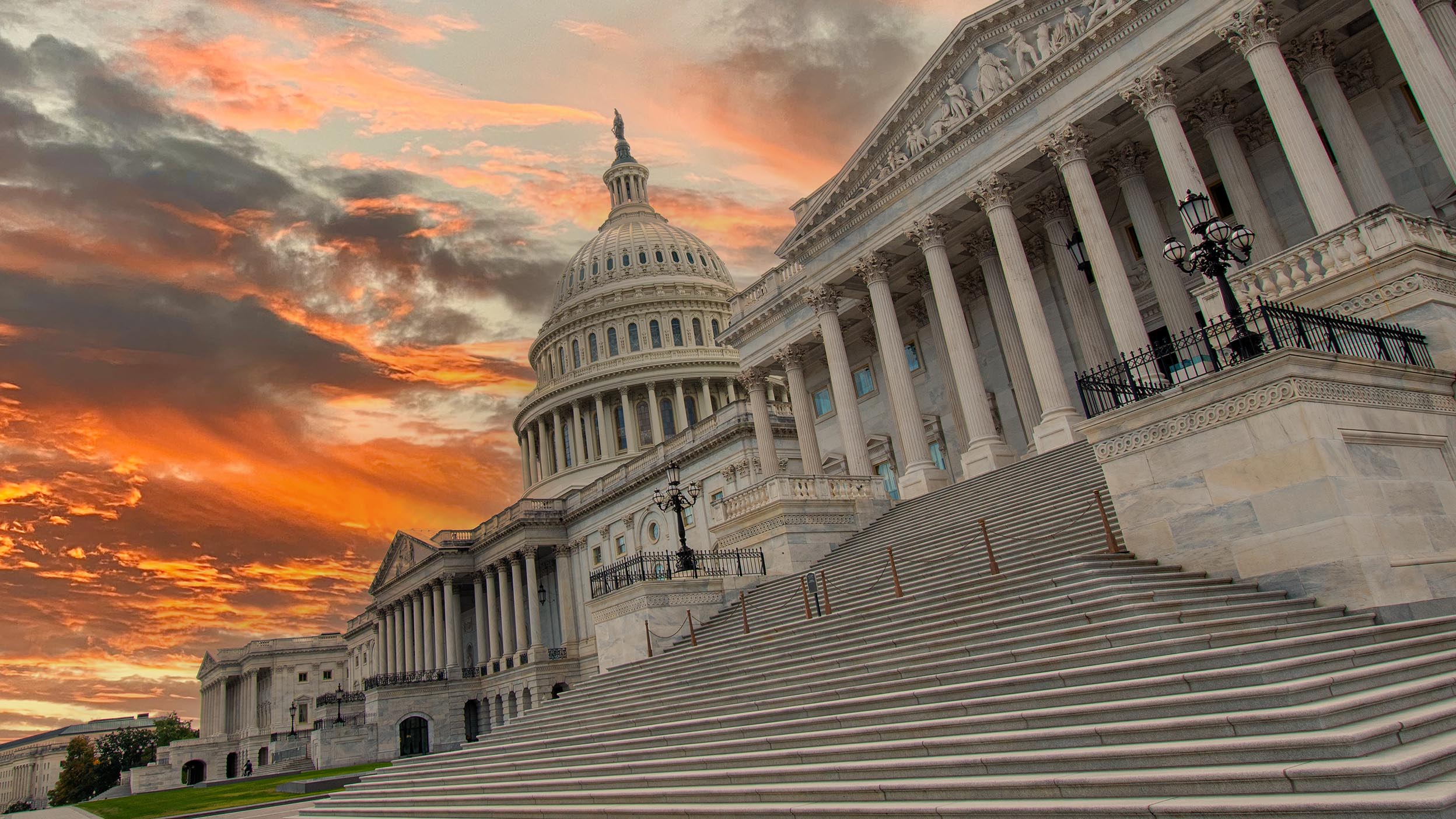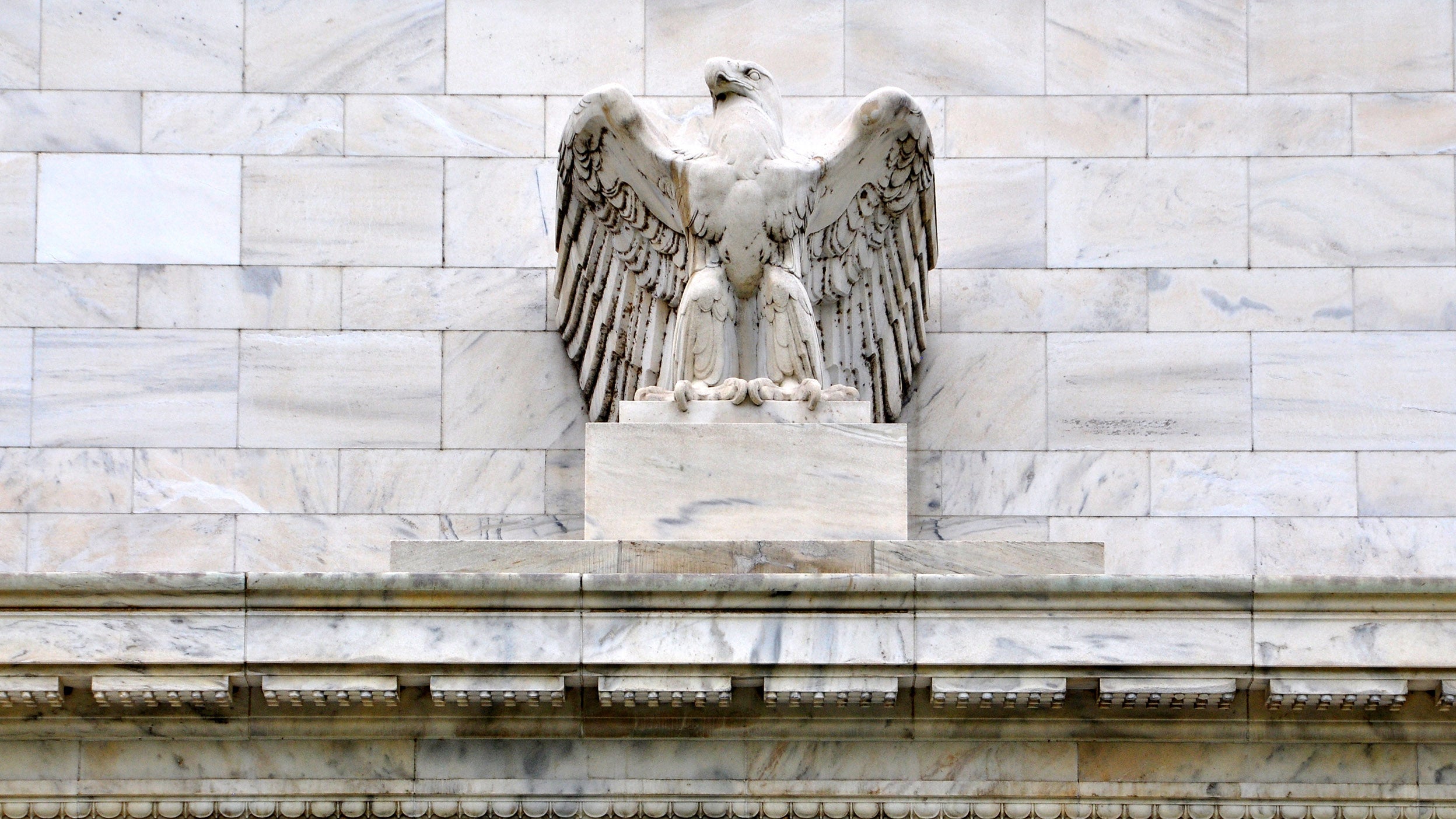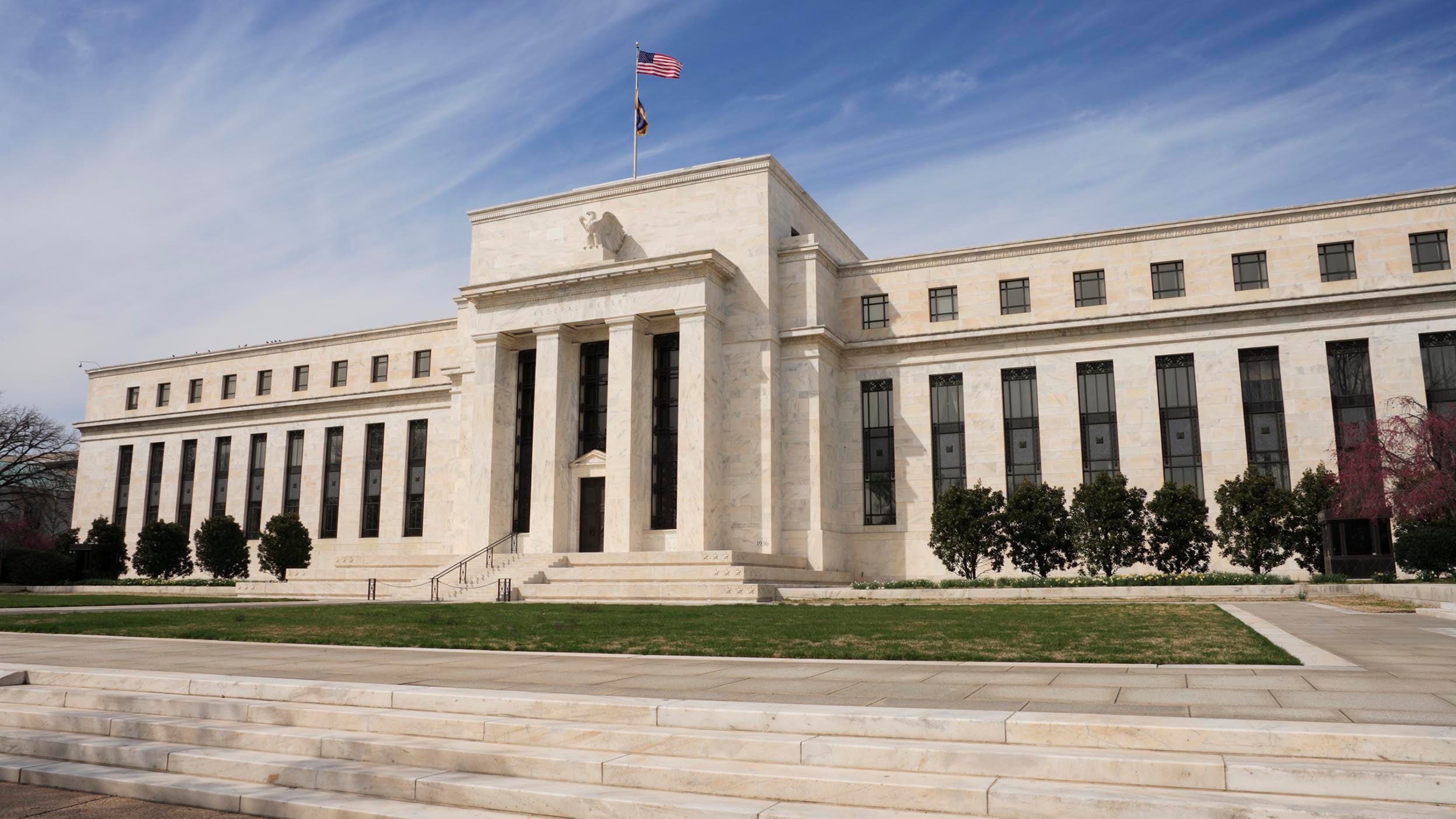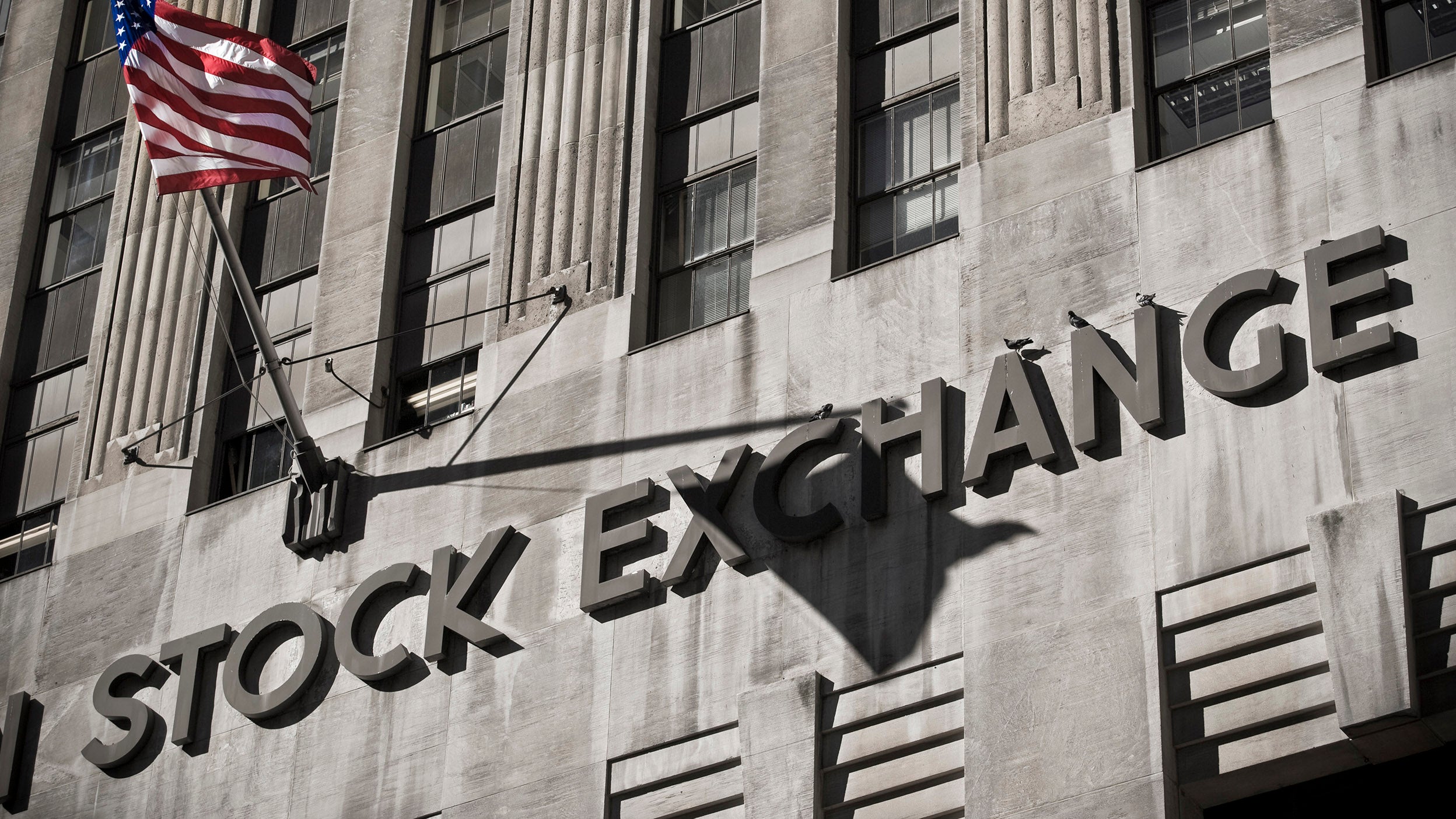
Markets and Economy Stocks pause, but rate cuts, economic growth may provide support
The market environment is challenging, but growth and earnings data remained resilient. We expect markets to resume their climb of the “wall of worry.”
Fresh perspectives on economic trends and events impacting the global markets.

Get timely investment ideas, an overview of what’s happening in the markets, and tips to help optimize your portfolios in our monthly playbook.

The market environment is challenging, but growth and earnings data remained resilient. We expect markets to resume their climb of the “wall of worry.”

A government shutdown can create short-term market volatility, but they tend to resolve quickly with little market impact for long-term investors.

How do stocks respond to rate cuts? Get my answer plus insight on corporate productivity, surging gold prices, and the US dollar.

With the Federal Reserve cutting rates and recent US economic data showing resiliency, the environment may be conducive to an end-of-year rally.

The US central bank, known as the Federal Reserve System, uses interest rates and other tools to keep prices stable and employment strong.

Economic and earnings data continued to point to a relatively Goldilocks backdrop for stocks and other risk assets.

Although the labor market began to slow, it’s not yet signaling a recession. Anchored inflation expectations may mean a rate cut is imminent.

Markets pressed higher despite seasonal weakness, new tariffs, elevated valuations, and noise surrounding the Federal Reserve’s independence.

Get insight on the resilient US economy, broadening market advance, pickup in IPO activity, plus what outperformed when the US dollar had weakened.
Get straightforward insight from our market and economic experts on what investors need to know about soft landings, inflation, the economy, government debt, election season, and more.
Insights from our income experts on investing opportunities around the globe.
Our latest thinking on opportunities and potential ways to use ETFs in a portfolio.
Learn about investing in ETFs, including the basics, benefits, and choosing one.
Candid conversations with fund managers, market strategists, and more.
AEM723/ AEM731
This link takes you to a site not affiliated with Invesco. The site is for informational purposes only. Invesco does not guarantee nor take any responsibility for any of the content.